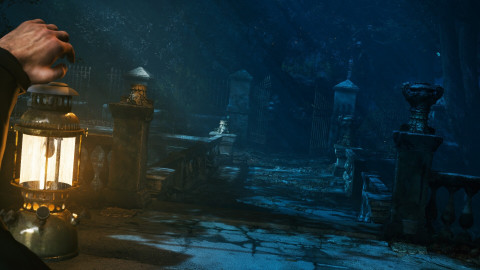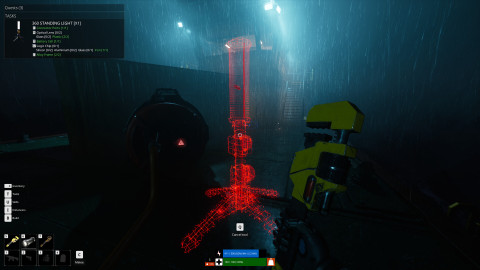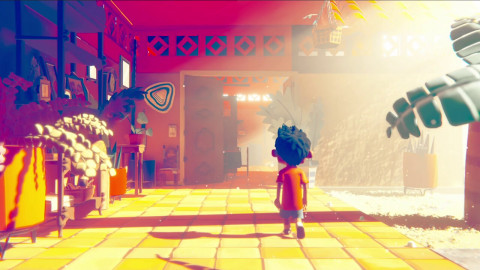
What does an ideal Hearthstone meta look like? It’s a question that surfaces regularly within the Hearthstone community. Whenever a new set has come out everyone gets in there, discussing what new deck is ‘completely busted’, usually seeing their arguments overthrown by the mere ebb and flow of time. When the meta has settled (it’s been a while since that happened, but I’ll get back to that) it quickly becomes boring to many, as a lot of people shift to the highest-performing deck.
In Utopia, each class would have one or more viable decks, each sitting at a 50% win rate. In reality, this hasn’t been the case at all for most of Hearthstone’s history.
Undertaker Hunter, Mech Mage, Patron Warrior… These are just a few decks that have rained down terror upon the Hearthstone ladder. Although they had different degrees of complexity they did have one thing in common: when played well the opponent stood no chance. Powerful decks and classes took turns on which one was the absolute best to play, as is the tradition with Blizzard games (here’s a great Nerf NOW!! comic on that).
Until Journey to Un’Goro launched. The set that heralded Hearthstone’s Year of the Mammoth in many ways provided a ground-breaking experience. Six Classic cards were moved to the Hall of Fame, three sets waved goodbye to Standard and a completely new type of card was introduced: the Quest card. Excitement for the content turned out to be justified. Journey to Un’Goro delivered arguably the best meta Hearthstone has ever seen, with eight of nine classes having at least a somewhat viable deck.
For Rogues, The Caverns Below was a revolutionary concept. The class had never been able to escape its Miracle archetype (and today still struggling to undo its shackles), and the new strategy turned out to be far more powerful than expected. Three months in, however, the deck took a blow with a nerf to The Caverns Below. The deck died out relatively quickly, partly due to the Knights of the Frozen Throne expansion arriving shortly after.

Patches the Pirate dominated the rest of the Year of the Mammoth. All classes went out of their way to include the multi-eyed marauder in their lists, including pirate-less and weaponless classes. Yet, despite Patches’ dominance, the meta rarely ever truly settled. Though it didn’t return to Un’Goro’s glory days, several strategies became viable. When halfway into the Kobolds and Catacombs meta Patches at long last was nerfed, this didn’t change. Up until the Witchwood’s arrival Hearthstone’s meta was evolving.
Now, two weeks into the Witchwood meta, the same patterns regarding meta discussions have emerged. Upon release Shudderwock Shaman seemed truly powerful – it was not. Arena expert Octavion “Kripparrian” Morosan weighed in on the Ranked experience, and called out Paladin and Warlock for being too powerful. Unsurprisingly for a claim made this soon, it wasn’t accurate either. The aggressive, board-centric Paladin lists fail miserably against the recently discovered Taunt Druid and Control Priest. And while Warlock’s strength is most definitely still a concern (it has been so from long before Witchwood), it now struggles with one deck in particular: Quest Rogue.
Like a magician’s rabbit, Quest Rogue has re-emerged as the bane of all Control decks. The loss of Gadgetzan Ferryman, amongst others, has made room for newcomers. Zola the Gorgon, Sonya Shadowdancer and the odd Valeera the Hollow have made the deck a tad slower in general, but it doesn’t seem to hurt much.
As Quest Rogue is at heart a Control-killing deck, it is expected that Aggro decks would do well against it. Pro players like to call it a rock-paper-scissors meta. Control keeps Aggro decks in check, Aggro keeps Midrange decks in check and Midrange keeps Control decks in check. It creates match-ups with different degrees of polarization, but overall should work out. What’s different this time, however, is the strength of aggressive decks.

Back when Quest Rogue first emerged Token Druid, Burn Mage and Pirate Warrior had too many ways to burn down Rogues before they could reliably assemble their combo. And while Paladins still have incredibly powerful tools to dish out damage early on, Rogues have evolved too. Glacial Shards and Wax Elementals can hold off damage for a reasonable amount of time, and the deck’s newest addition Vicious Scalehide provides them with a heal and removal tool in one. In the hands of an expert, Quest Rogue can win even what were supposed to be unfavorable matches.
That’s definitely not a bad thing per se. Match-ups shouldn’t be decided 100% by choosing a deck. Strategic planning should increase the odds of the better player. However, Quest Rogue takes and gives little back. Whereas it can fight back against Aggro when played well, Control decks still have almost no say against Quest Rogue in spite of excellent play. It doesn’t help that Dirty Rat, the only ‘reliable’ way of hard-countering Quest Rogue, is now available in Wild only.
Perhaps Warlocks turn out to be too tough of an opponent after all when they include even more removal. Lord Godfrey can clean up gigantic boards, and if there are many taunts in the way of Quest Rogue a timely Twisting Nether can do some sweet work as well. As for Aggro, there aren’t too many options yet to guarantee a victory. Odd Hunter, which came closest to the original Aggro decks, was a one day fly. But perhaps the new Burn Mage lists can take what Quest Rogues so far refuse to give. Odd Rogues seem to have aggressive potential as well. Paladin lists are mostly unrefined as well, so who knows?
The Witchwood is still unexplored for the largest part. If all expansions of the Year of the Mammoth are an indication, the Hearthstone meta will evolve for weeks on end still. For now, though, it appears that in this rock-paper-scissors meta Quest Rogue has sharpened its scissors’ blades, and is ready to cut down rocks and papers alike.
-

Storyteller by heart. If something is competitive, I am interested in it.
Sort by:
Comments :0





